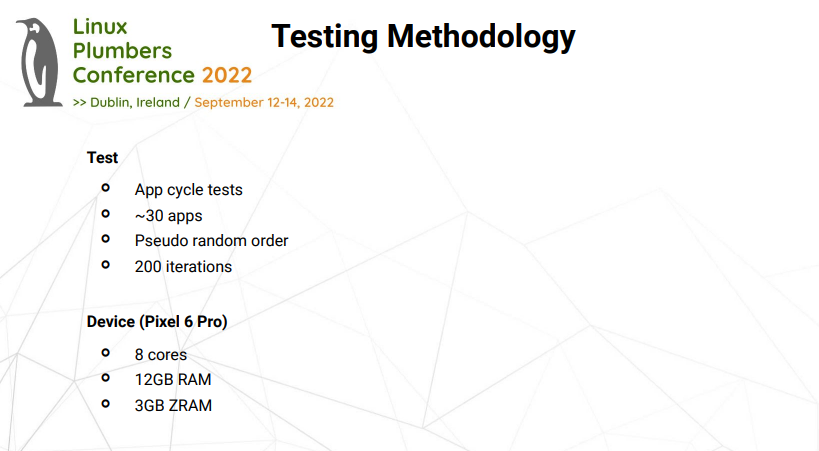Andrew Morton has committed a lot of memory management (“MM”) code for the Linux 6.1 merge window.inMost notably multi-generation LRUs “MGLRU” Page Reclamation Policyand Maple Tree Function.
Multi-generation LRU “MGLRU” Developed by Google, it can be used to improve the Linux kernel’s page reclamation policy. MGLRU has been shown to provide very good performance benefits for a variety of workloads, especially when low memory devices are under high memory pressure. Google has used MGLRU for Chrome OS and Android 13 with good results, and the feature is also used by various other downstream Linux.
Also presented at Linux Plumbers 2022 The MGLRU function can be found in this PDF.

In fact, MGLRU has been in the kernel tree since Linux 5.18, but at the time Linus refused to incorporate the feature on the grounds that it was “not fully tested”, and testing of the feature has continued to this day. Andrew Morton commented on the MGLRU patch:
The Multi-Gen LRU patch by Yu Zhao is also here.They have tested in linux-nextmonthsas far as I know, there are no negative reports (or any positive reports).
The PR for memory management also includes the Oracle-developed Maple Tree data structure as a range-based overlapping tree of virtual memory addresses that can provide some efficiency improvements. Other memory management patches include some bugs found by Kernel Memory Sanitizer (KMSAN), enhancements to the page boost code for NUMA-balanced memory tiering mode, MEMCG updates, VMA merge improvements, KASAN updates, DAMON cleanups, and various other low-level kernel work.
The full list of memory management patches for the Linux 6.1 merge window can be found via this pull request, and if Linus agrees to merge, MGLRU should be one of the best kernel features of 2022.
#Linux #usher #MGLRU #Maple #Tree #support